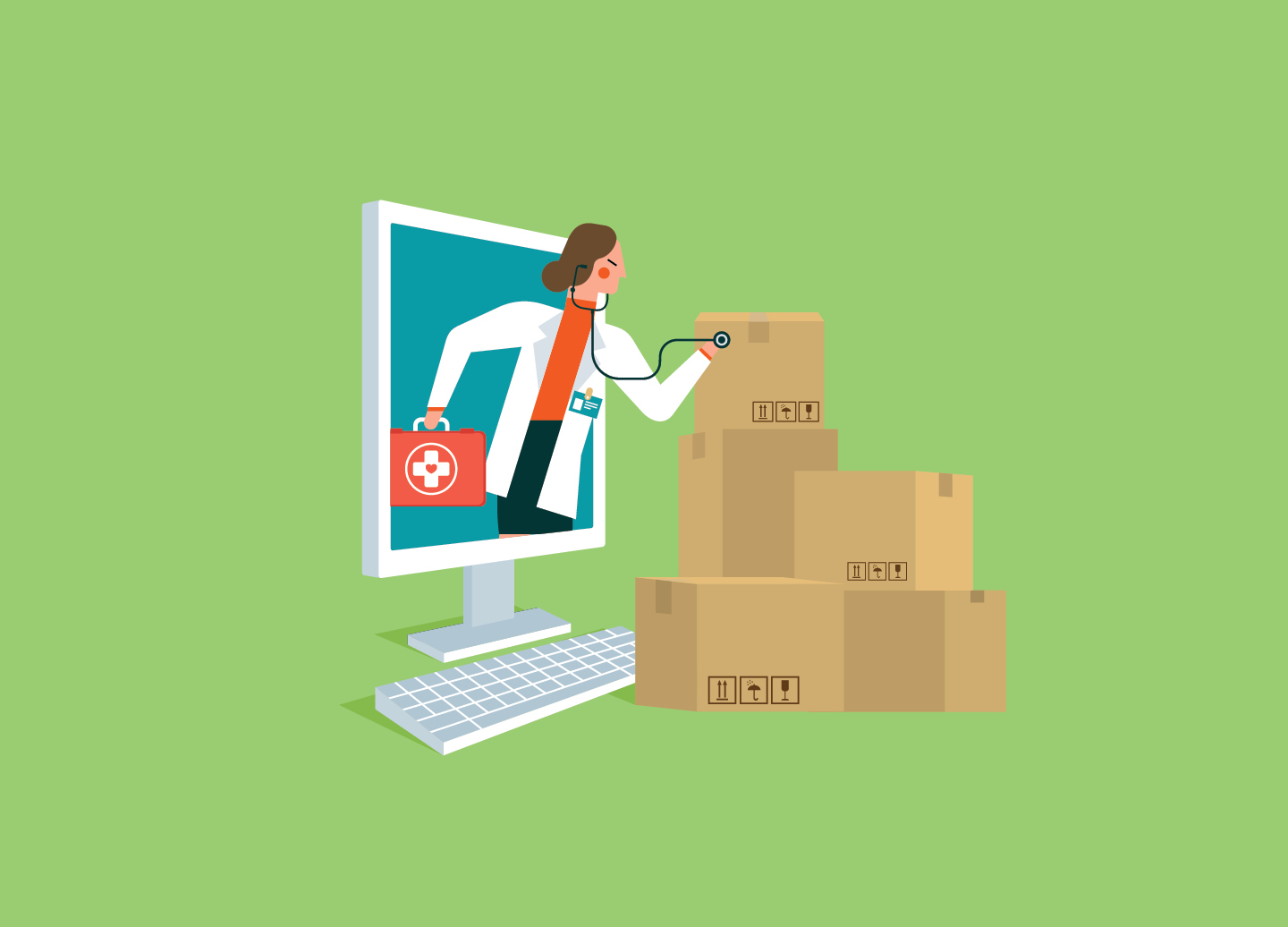ProShip shipping experts share why your homegrown supply chain solution is holding your brand back.
“Live in a small town where it feels like home, I’ve got everything I need, and nothin’ that I don’t.”
– Zac Brown Band song, Homegrown
For the everyday parcel shipper, do these country lyrics ring true? The answer is a resounding NO – homegrown shipping software systems don’t have everything you need. More likely, they have everything you needed when it was developed. Homegrown shipping systems were built to fit exactly into the brand that built them. Elite shipping software solutions were created and built on the foundation that they can adapt and adjust as customer expectations and supply chain trends change.
Although in-house legacy shipping technology may have been a way to customize shipping logic and processes in the past to cut costs, it can no longer stand up to the evolving supply chain landscape. Before we jump into the reasons why you should move on from your homegrown shipping software and outsource it to the experts, let’s start from the top – what is a homegrown shipping software system.
What is a homegrown shipping solution?
Homegrown shipping systems are custom shipping software that are designed internally by an IT team to process shipments. As mentioned earlier, they ideally were the best possible solution when created but have since fallen behind in capabilities and don’t have the strength to scale and keep up with changes.
With more technologically advanced and functional solutions popping up to meet growing customer expectations and needs, it’s time (possibly even past time) to evaluate a homegrown system and its place in the supply chain ecosystem.
Why can’t homegrown shipping systems keep up?
While an in-house shipping solution may seem confusing to external users, the brand that built the technology does hold some level of comfort knowing exactly what their software can (and cannot) deliver. However, as technology and the world around us changes, it’s important to assess how effective and cost-efficient a homegrown shipping system is and will be in the coming years. The complexities often found in the supply chain are no match for a software that doesn’t possess agility and reliability. Here are some reasons that companies have moved on from their homegrown shipping systems.
No Support Team
When your IT team needs to focus on making your shipping software work, they aren’t able to focus on other major projects that matter. In addition, due to employee turnover, it is unlikely that you have a large number of staff who know and understand the intricacies of the homegrown shipping software system that was originally built. Technical skill gaps are to be expected as well as limited resources to test and address any issues – not to mention any updates or enhancements. Expect a lengthy lead time. Consider how often compliance updates come out – incorporating these updates would monopolize time and transportation spend if not completed accurately.
Limited Functionality
One word that could be used to describe a homegrown shipping software system: outdated. As these systems are typically older, they may not even offer a cloud-based hosting option (a near-industry standard) and could eventually become obsolete without the right highly skilled team and time available to work on it.
Companies that have adopted cloud platforms report that they can bring new capabilities to market about 20-40% faster.
Source: How CIOs and CTOs can accelerate digital transformations through cloud platforms
Because it was created at a specific time in the past, it was built with only internal needs in mind, and it was very customized to what the needs were at that time. Flexibility is not a feasible feature and user friendliness was probably not considered when created. In addition, this homegrown shipping system would be unable to scale to support large package volume increases and restrict your ability to incorporate new inventory fulfillment locations.
Lack of Integration
Similarly, your Enterprise Software Stack (ESS) likely doesn’t look the same as it does when the homegrown legacy shipping software was built. As you add new integrations to streamline your supply chain processes, a homegrown system won’t easily connect and share information with new technology, and if you are able to stitch it together, it will be timely and expensive – some providers won’t even have the ability to build a custom integration to your homegrown system. Shipping information won’t be accessible or centralized to coordinate the execution of documentation, labels, and tracking to team members. [Learn more about how shipping software can integrate seamlessly into your ESS]
Security Risk
Older homegrown shipping systems are usually hosted internally and have few staff that monitor the safety of it. With new security technology available (think OAuth), an outdated in-house homegrown shipping system compromises the safety of sensitive shipping information. Disruptions and downtime would be likely and could even be often. Finally, meeting current software data compliance and security requirements, like an annual security audit certification, would be a manual, lengthy and difficult process.
82% of US IT managers and senior leaders said application outages and network downtime were significant enough to affect their business.
Source: Homegrown applications are prime culprits to downtime
What should you use to replace your homegrown shipping software?
The rate at which technology, and especially e-commerce, have accelerated over the past several years makes it quite difficult to maintain a homegrown shipping system. And although it can be comfortable and lower cost for a brand to continue hobbling along with a homegrown shipping solution, they can’t compete against brands utilizing a shipping software that is designed to scale and adapt as your needs do. This is just one of the reasons that you should move on from your in-house legacy shipping software and outsource it to the experts, like a multi-carrier shipping software solution.
Multi-carrier shipping software can not only leverage advanced technology, like rate shopping and utilizing complex business rules, but it can effortlessly manage carrier diversification strategies, a dangerous goods compliance program, and omnichannel fulfillment initiatives. With these tactics essential for brands to compete in the current shipping environment, only a best-in-class multi-carrier shipping software will streamline parcel shipping operations and optimize your entire supply chain program. Elite multi-carrier shipping solutions will add not only functional capabilities but serve as an extension to your IT support team. The shipping and logistics experts from these top software vendors can serve as a ready-made expert resource, available to support you 24/7/365, instead of relying on an out-of-date employee Rolodex or outsourced team.

Learn how ProShip can help your business grow
Want to learn more about transitioning to the industry-leading multi-carrier shipping software from ProShip? Check out this resource or contact our team to get started today!

 Back to Blog
Back to Blog






